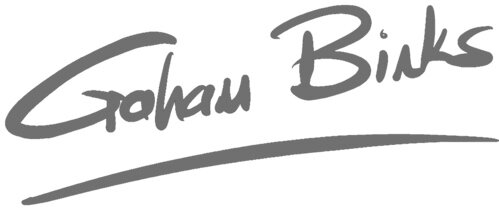When to decide and move on
/Making decisions can be tough, but procrastination is worse.
I'm often asked to help business leaders make tough decisions. Usually, the stakes are high and the outcome pivotal to the future of the firm. Difficult decisions can often be expedited by looking at them in a new light.
Take, for example, the time I ran a client's Board through a simple exercise to help make a decision that had been troubling them for more than six months. The exercise presented a clear case that inaction would have been more damaging than the recommended action—in any eventuality. We looked at a number of the decision components, including do nothing, windows of opportunity, and return on investment.
This was a complex example which I will not present here, but I'm happy to share the basic technique we used. Try this ...
Draw a horizontal line across the page and write a scale of -3, -2, -1, 0, +1, +2, +3 beneath. For these purposes, consider -3 to be the worst outcome, 0 to be status quo, and +5 to be the best outcome.
Now consider what could happen if you make the decision. Is the best case better or worse than the status quo? If it's better, pick your most likely outcome on the +1 to +3 scale. If it's worse, choose between -1 to -3. Zero is, of course, no better or worse.
Then repeat for the worst case. At this point, your page will look something like this ....
Here's how to interpret your conclusion:
If best case is less than 3, perfection is unattainable.
If worst case is greater than 0, any decision will be a step forward.
If best case is less than 0, any decision will be a step backward. Best to avoid any change if you have the option.
When best is high than zero and worst is below, you should gather more information before proceeding.
And that Board decision I mentioned? We got the green light to proceed, and history proved the decision to be a sound one.
Time to act
Pick three decisions that you are currently struggling with. Large or small—it doesn't matter. Practice this technique on each, then act accordingly.
Trusting Technology is a book about forming ideas, exploring opportunities with customers and colleagues, and building your future together. Order you copy here . This article is also available in hardcopy as part of my 10-minute Reflections series of exercises—order volume 1 here and volume 2 here.


